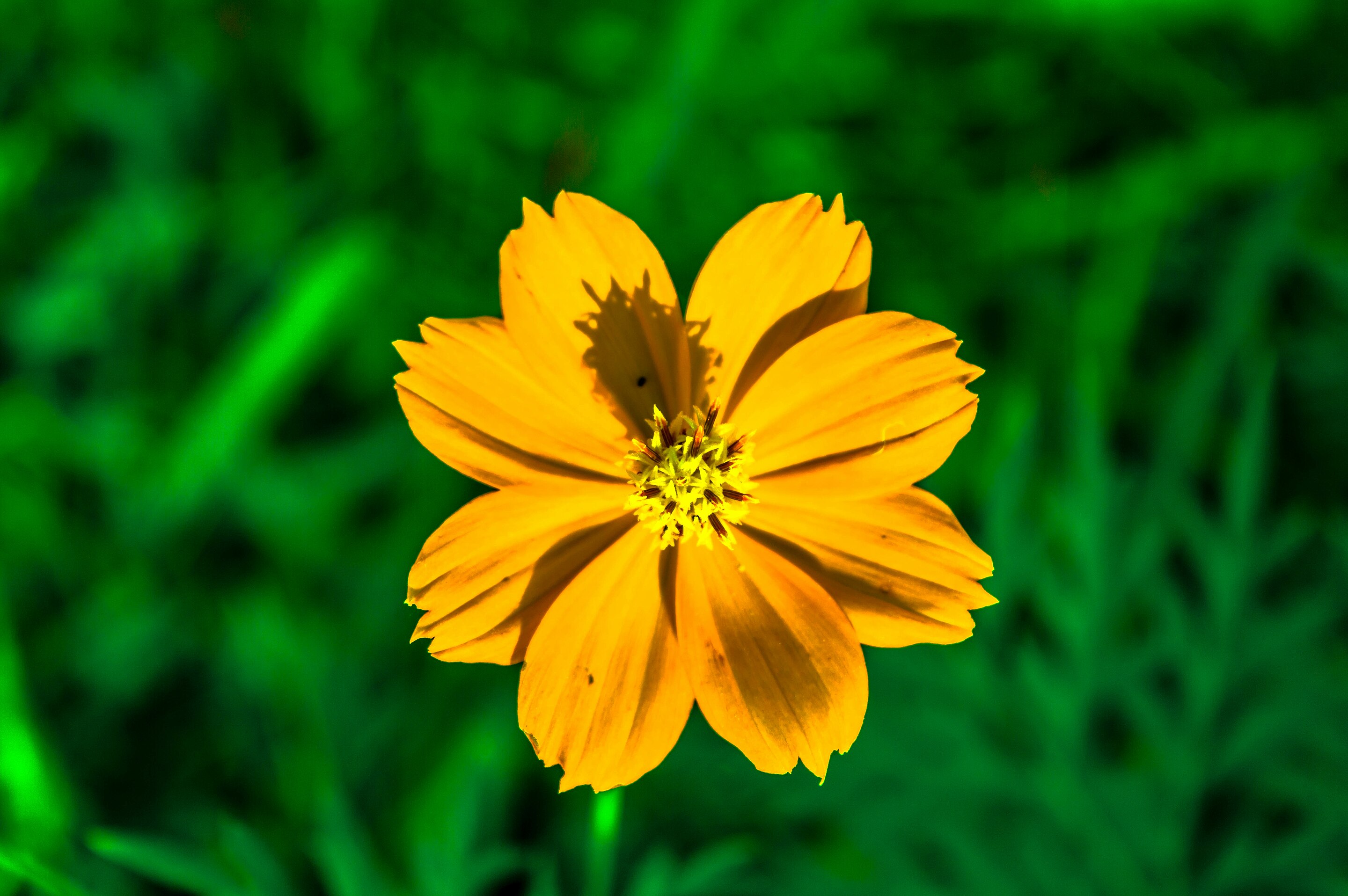
Audio guide:
The analyses carried out on Codex Cospi and other similar manuscripts have shown that the vast majority of their painting materials were based on organic chromophores, made durable by the creation of lakes (with metallic salts) or hybrids (with clays).


Apart from the gypsum background, the only mineral pigment identified so far is the orpiment used on the reverse of Codex Cospi, with a total absence of other pigments commonly used on different supports (such as ochres).
The cultural preference for organic colorants was due to the bright and luminous colors they produce and the fact that Mesoamericans made a connection between the emission of elegant speech or song and the sprouting of flowers. Painting a ritual book with "flowery matters" would have meant imbuing its pages with the "flowery" and generative power of ritual speech.